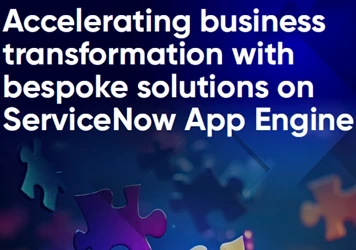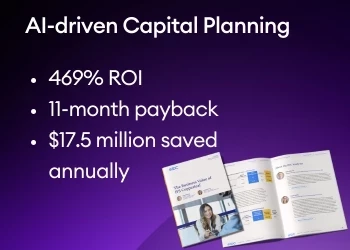After a long and drawn out winter, spring coincided with the opening day of PEX Europe Spring 2018 at the Hurlingham Club in London. A stone’s throw from the north bank of the Thames at Fulham, the blossom and croquet lawns made a perfect backdrop to the event – as well as a good place to get some fresh air between sessions.
The sessions themselves are shortly going to be available to members of the PEX Network (watch this space), whether you want to refresh your memory or see what you missed. Alternatively, there is plenty of content in the Media Centre to keep you occupied until the pixels are polished.
The word on the ground, though, is that while we are dealing with the exciting opportunities offered by technological advances, we also need to deal with the reality of making these advances work in the real world. Whether a process is changed by a human or a machine, and whether your new colleague is flesh and blood or a robot, realising the potential is a lot more difficult than clapping your hands and telling underlings to ‘make it so’.
Making it work means overcoming obstacles as well as exploring the possibilities. The successful company of the future is not going to necessarily be one with the shiniest, or most expensive tech; they will be the ones who have properly integrated it. From the opening session, I wrote down a couple of quotes:
‘Don’t call it process, call it “customer journeyâ€â€¦ everyone understands what a “customer†is!’
Iassen Deenitchen, ING‘Sort the process before engaging tech.’
Mark Saul, SAP
Elsewhere, Dennis Narlock from Catalent was talking about the importance of having a balance of personality types across a team and the BBC’s Adrian Ruth revealed that his Lean team had helped shift the six month backlog of awarding Blue Peter Badges.
All of which feels like good old fashioned management talk. Despite the popular image of bots and AI being the playthings of bright young things in small dark rooms, many of the sponsors I spoke to had been in the automation game for years (decades, some of them). I suspect that for all the headline-grabbing startups that create billionaire 20-somethings, a lot of the industry’s heavy lifting will be done by people who have the experience to run a successful business and deliver what the customer wants. Businesses like Facebook, for example, are doing a lot of their learning in the glare of the world’s media; I got the feeling that the automation experts I was talking to had a much broader knowledge, and had the chops to avoid at least some of the unintended consequences of their business model.
While the new tools offered by technology are great, you do need to know how to use those tools, and the rules of business fundamentally haven’t changed. Customers’ needs may be different, more specialised or more insistent, but they are still needs. Whether a product is delivered by post, drone or directly downloaded to a 3D printer, the concept of ‘need’ hasn’t fundamentally changed. It’s all about how those needs are met, and delivery will take the best of human and robot workforces working together.
As Jake Howard from Softomotive told me, ‘We’re taking the robot out of human work.’ Which means that what’s left – managing people – is going to be much more about understanding how human rather than artificial brains, work.




















